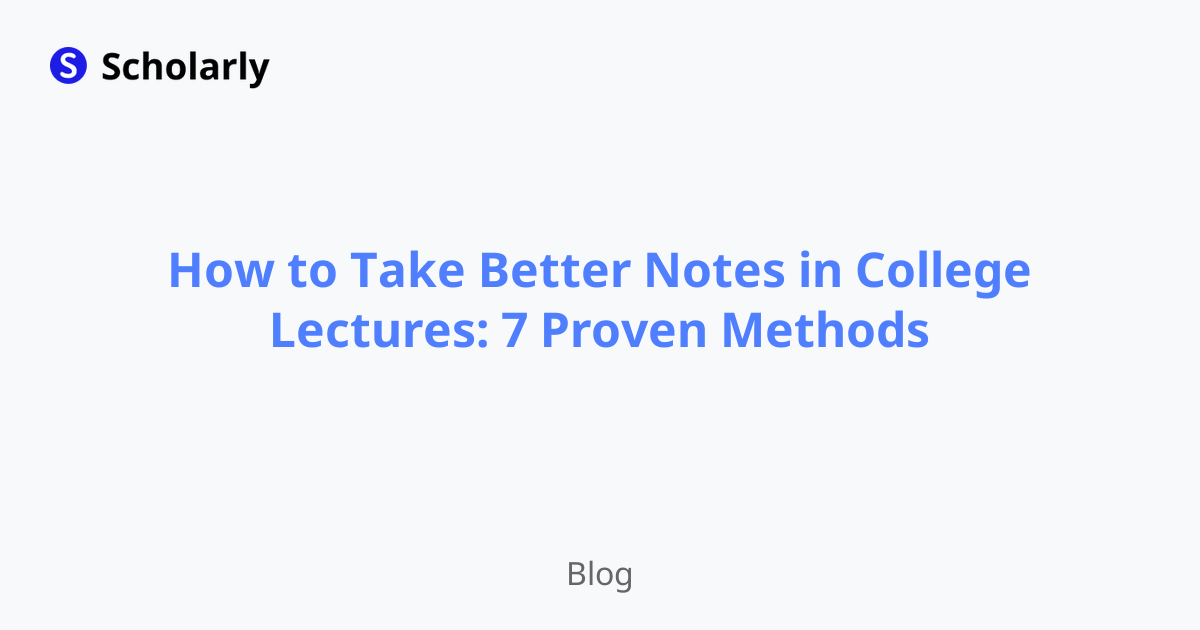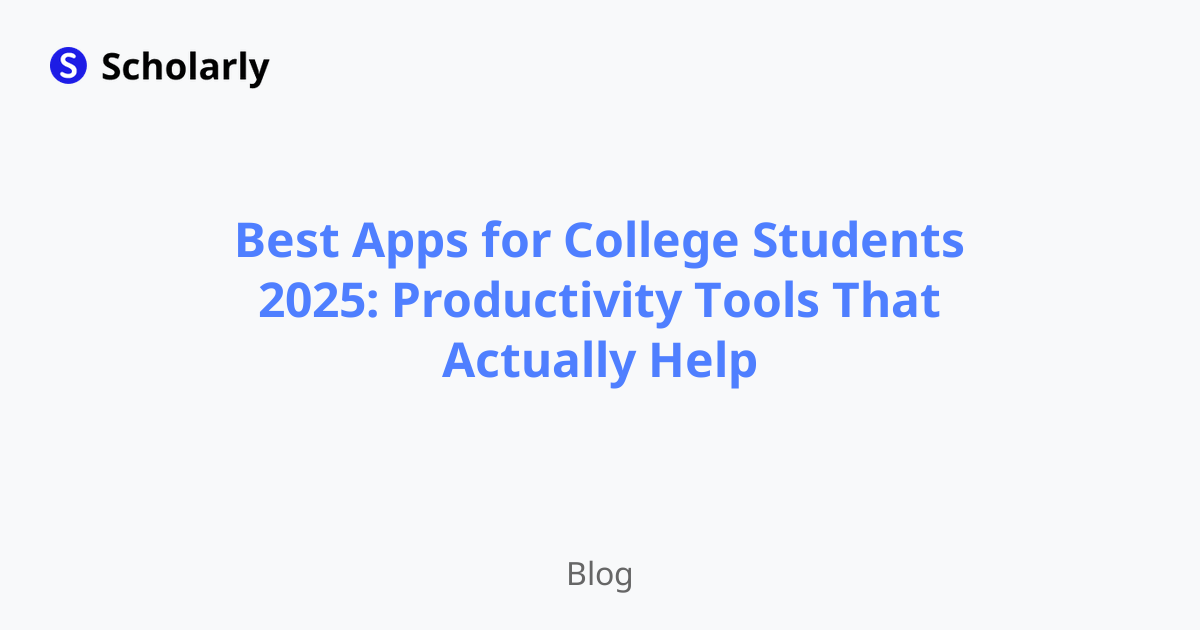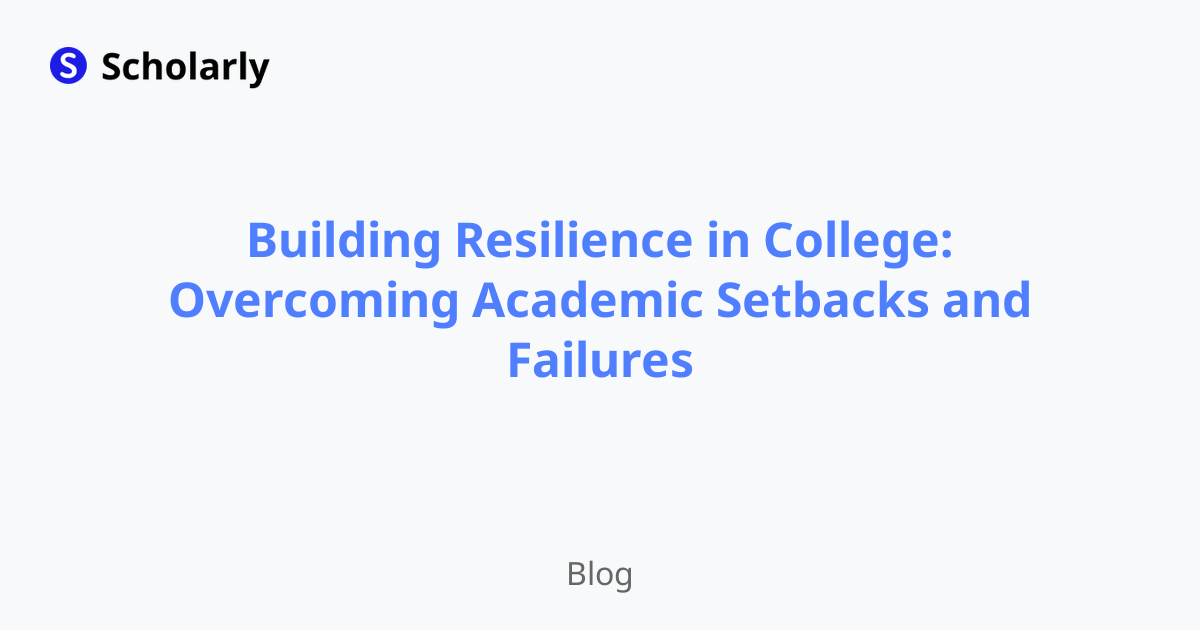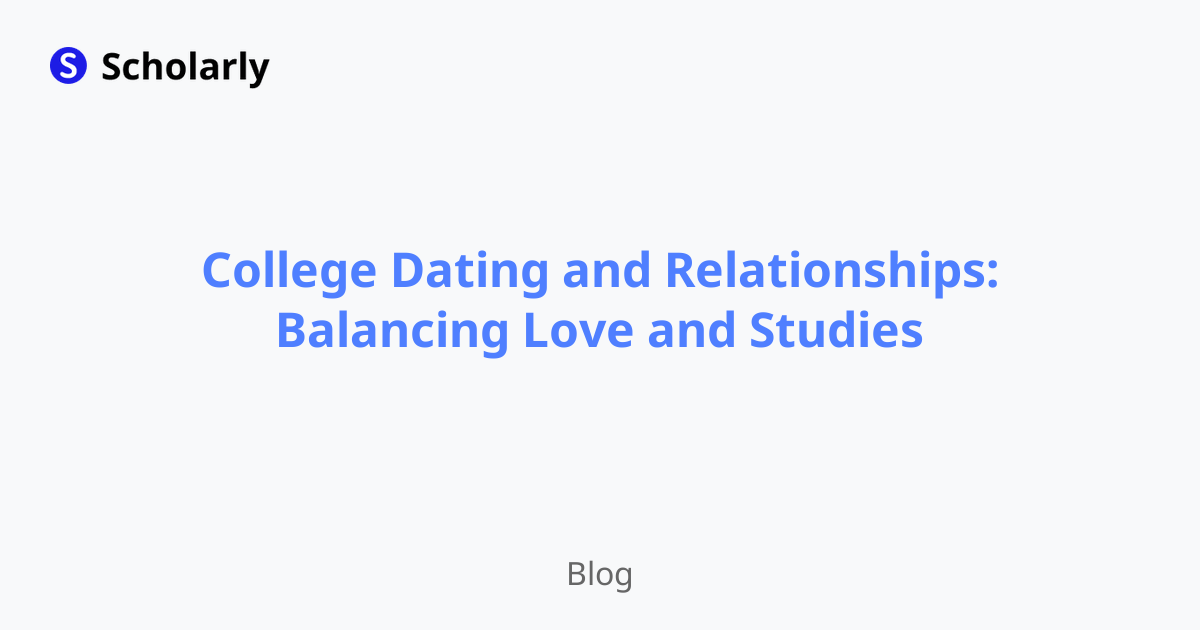How to Take Better Notes in College Lectures: 7 Proven Methods
Transform your lecture notes from messy scribbles to powerful learning tools. Master 7 research-backed note-taking methods that boost comprehension and exam performance.

Introduction
Effective note-taking is one of the most crucial skills for college success, yet most students never learn proper techniques. Research shows that students who take structured notes score 20-30% higher on exams and retain information 40% longer than those who use random scribbling. The problem isn't writing speed—it's knowing what to capture, how to organize it, and how to review it effectively. This comprehensive guide reveals seven proven note-taking methods that will transform your lectures from passive listening sessions into active learning experiences.
History
Note-taking has evolved dramatically from medieval scribes copying entire texts to modern digital systems. The Cornell Note-Taking System, developed in the 1950s at Cornell University, revolutionized structured note-taking. The 1980s brought mind mapping techniques, while the 2000s introduced digital note-taking apps. Today's students have unprecedented options, but the fundamental principles of effective note-taking remain rooted in cognitive science research about how memory and comprehension work.
Current State
Modern students face unique note-taking challenges including fast-paced lectures, digital distractions, and information overload. While technology offers powerful tools like voice recording and collaborative documents, many students struggle to integrate these effectively. Research indicates that handwritten notes often produce better comprehension than typed notes, yet digital tools offer superior organization and searchability. The key is choosing the right method for your learning style and course requirements.
Future State
AI-powered note-taking assistants will soon automatically transcribe lectures, identify key concepts, and generate study materials. Virtual reality may enable immersive note-taking experiences where students can manipulate 3D models and data visualizations. However, the cognitive benefits of active note-taking—processing, organizing, and synthesizing information—will remain crucial regardless of technological advances.
Benefits
- Improved Comprehension: Active note-taking forces engagement with material during lectures
- Enhanced Retention: Writing information strengthens memory through multiple cognitive pathways
- Better Exam Performance: Organized notes provide effective study materials for test preparation
- Increased Focus: Structured note-taking reduces mind-wandering during lectures
- Knowledge Organization: Good notes create searchable knowledge databases for future reference
- Active Learning: Note-taking transforms passive listening into engaged learning
Significance
Effective note-taking represents the foundation of academic success in college. Unlike high school, where textbooks often contain all necessary information, college courses frequently rely on lecture content not found elsewhere. Students who master note-taking early in their college careers develop skills that benefit them throughout their academic and professional lives. The ability to quickly capture, organize, and synthesize information becomes increasingly valuable in our information-rich economy.
Best Practices
- Prepare Before Class: Review previous notes and assigned readings to provide context
- Use Consistent Systems: Develop reliable methods for organizing and formatting notes
- Focus on Concepts: Capture main ideas and connections rather than verbatim transcription
- Review Within 24 Hours: Immediate review dramatically improves long-term retention
- Create Visual Elements: Use diagrams, charts, and spatial organization to enhance understanding
- Develop Personal Shorthand: Create abbreviations and symbols to increase writing speed
Pros and Cons
Pros:
- Dramatically improved comprehension and retention of lecture material
- Better exam performance through organized, accessible study materials
- Enhanced focus and engagement during class sessions
- Development of critical thinking and synthesis skills
- Creation of valuable reference materials for future courses and career
- Improved listening and information processing abilities
Cons:
- Initial time investment required to learn and implement new systems
- May slow down note-taking speed until methods become automatic
- Risk of focusing too much on format rather than content
- Potential frustration when transitioning from familiar but ineffective methods
- Requires consistent practice and refinement to master
- May need different approaches for different subjects or professors
Comparison
Different note-taking methods excel in different contexts:
Cornell Method: Best for traditional lectures with clear structure. Excellent for review and self-testing.
Mind Mapping: Ideal for visual learners and topics with complex relationships. Great for brainstorming and creative subjects.
Outline Method: Perfect for hierarchical information and well-organized lectures. Excellent for systematic subjects.
Charting Method: Best for comparing information, statistics, or categories. Ideal for sciences and data-heavy courses.
Flow Method: Excellent for fast-paced lectures and building connections between concepts. Great for experienced note-takers.
Methods
1. The Cornell Note-Taking System
Divide your page into three sections: a narrow left column for cues, a wide right column for notes, and a bottom section for summary. During lecture, write notes in the right column. Afterward, add questions and keywords in the left column and summarize main points at the bottom. This system facilitates both capture and review.
2. Mind Mapping Technique
Start with the main topic in the center of your page and branch out with related concepts. Use different colors, symbols, and images to create visual connections. This method works exceptionally well for visual learners and subjects where relationships between concepts are crucial. It's particularly effective for brainstorming sessions and creative subjects.
3. The Outline Method
Use hierarchical structure with main topics, subtopics, and supporting details. Start with Roman numerals for major points, letters for secondary points, and numbers for details. This method works best for well-organized lectures and helps you see the logical structure of the material clearly.
4. The Charting Method
Create tables with categories across the top and items down the side. This method excels for comparing information, organizing statistics, or categorizing concepts. It's particularly useful for science courses, history timelines, or any subject requiring systematic comparison of multiple elements.
5. The Flow Method
Write notes in a flowing, connected manner that follows the natural progression of ideas rather than rigid structure. Use arrows, boxes, and spacing to show relationships between concepts. This method works well for experienced note-takers and fast-paced, discussion-based classes.
6. Digital Integration Method
Combine handwritten and digital note-taking for maximum effectiveness. Use tablets for handwritten notes that can be digitally searched and organized. Record audio while taking notes for later review. Use apps like Notion or OneNote to create multimedia notes with links, images, and embedded documents.
7. The Two-Column Method
Divide your page into two columns: one for main content and one for personal thoughts, questions, and connections. During lecture, capture information in the main column. In the reflection column, add your own insights, questions, and connections to other material. This promotes active learning and critical thinking.
AI Impact
Artificial intelligence is transforming note-taking through automatic transcription, content summarization, and intelligent organization. AI can identify key concepts, generate study questions, and suggest connections to previous material. However, research suggests that the cognitive process of taking notes by hand remains valuable for comprehension and retention, making AI tools best used as supplements rather than replacements for active note-taking.
Common Techniques
- Abbreviation Systems: Developing personal shorthand for common words and phrases
- Symbol Usage: Using arrows, stars, and other symbols to indicate importance and relationships
- Color Coding: Assigning different colors to different types of information or subjects
- Selective Transcription: Focusing on key concepts rather than attempting to capture everything
- Question Integration: Adding questions in margins to promote active engagement
- Review Scheduling: Building regular review sessions into study routines
Challenges
- Information Overload: Fast-paced lectures can overwhelm even experienced note-takers
- Technology Balance: Integrating digital tools without becoming distracted by them
- Method Selection: Choosing the right technique for different professors and subjects
- Consistency: Maintaining organized systems across multiple courses and semesters
- Speed vs. Quality: Balancing comprehensive capture with clear, useful organization
- Review Integration: Building effective review practices using notes for long-term retention
Potential Online Apps that Relate to the Topic
Notion: Comprehensive workspace for creating structured, multimedia notes with databases and templates for different note-taking methods.
Obsidian: Connected note-taking app that creates knowledge graphs, perfect for building relationships between concepts across courses.
OneNote: Microsoft's digital notebook with excellent organization, search capabilities, and integration with other Office tools.
GoodNotes: Digital handwriting app for tablets that combines the benefits of handwritten notes with digital organization and search.
Otter.ai: AI-powered transcription service that can record and transcribe lectures while you focus on capturing key concepts.
RemNote: Note-taking app specifically designed for students, featuring built-in spaced repetition and concept linking.
Conclusion
Mastering effective note-taking is an investment that pays dividends throughout your college career and beyond. The key is experimenting with different methods to find what works best for your learning style and course requirements. Remember that the goal isn't to capture every word—it's to actively engage with the material and create useful study resources.
Start by implementing one method consistently for two weeks, then gradually incorporate elements from other techniques as needed. Focus on the principles behind effective note-taking: active engagement, clear organization, and regular review. With practice, good note-taking becomes automatic, freeing your mind to focus on understanding and connecting ideas rather than just capturing them.
The students who excel in college aren't necessarily the smartest—they're often the ones who have mastered fundamental skills like note-taking that amplify their learning and studying effectiveness.
Try Our Popular AI Study Tools
Transform your study materials into interactive learning experiences with our most popular AI-powered tools:
PDF to Flashcards
Convert lecture notes and textbooks into study flashcards instantly
Text to Flashcards
Turn any text or notes into comprehensive flashcard sets
Image to Flashcards
Convert diagrams and handwritten notes into digital flashcards
YouTube to Flashcards
Generate flashcards from educational video content



